- Write by:
-
Tuesday, May 21, 2019 - 1:36:21 PM
-
815 Visit
-
Print
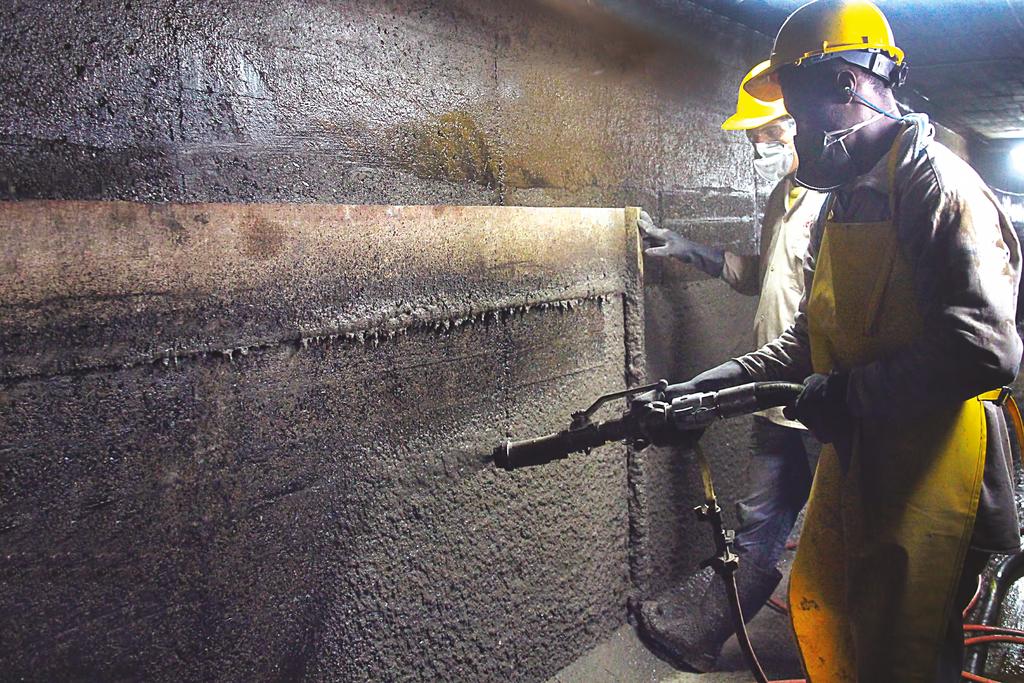
Mining News Pro - As part of its commitment to improving water quality in British Columbia’s Elk Valley region, a number of research projects are underway to prevent nitrate from entering the environment and protect water quality in the region.
According to Mining News Pro - One source of nitrates is from explosives that interact with water during the blasting process, Teck said. “When this occurs nitrates can leach out of blastholes and enter the natural environment. To stop this from occurring plastic liners are used to prevent explosive materials from coming into contact with water,” the company said.
However, in order to use plastic liners, blast holes have historically needed to be dewatered so that the liner can reach the bottom of the hole and stay there, Teck said. “For blastholes that refill with water, a new approach was required.”
To tackle this problem, Teck undertook a research project to determine how plastic liners could be used in blastholes that naturally refill with water (often called dynamic blastholes). The research project was led by Teck with support from suppliers Maxam, Teck’s explosives provider, and Friesen Plastics, Teck’s liner supplier. Together, various combinations of procedures, liner types/packaging and explosive bulk truck modifications were trialed until a new system was developed.
Teck explained: “The emulsion in a liner system involves using the charging hose on the explosives truck to place the plastic liner in the bottom of a dynamic blasthole. The hole is then loaded with water resistant explosive from the bottom up, both filling the liner and keeping it in place. Once complete, the end result is a lined blasthole with the explosives protected from the water.”
In order for the plastic liner to be effectively placed down the blasthole, a hydraulic arm and funnel were added to the explosive bulk truck hose and the traditional borehole plastic liners had to be compressed into an accordion shape, according to Teck. The hydraulic arm allows for the hose to be placed directly over the blasthole and the funnel removes the wrinkles from the compressed plastic liner as it unfolds and is pushed to the bottom of the hole. “This ensures consistent lining of every blasthole while meeting our needs of durability and functionality,” the company said.
A common problem identified during early tests was the plastic liner being pulled back up the blasthole as the hose was withdrawn.
To address this, a system was developed that applies mineral oil to the bulk truck hose which acts as a lubricant allowing the hose to be withdrawn while keeping the plastic liner and blast material in the hole, Teck said.
“This process has now been successfully field tested on over 400 holes and has proven to be a safe and effective design,” the company said.
This new process is currently being piloted at Teck’s Fording River and Greenhills operations, but the plan is to implement across all of Teck’s steelmaking coal operations in 2019, the company said.
”As a result, every blasthole in the Elk Valley that is operationally accessible will contain a liner that protects both the explosive product and the environment. This will significantly reduce nitrate at source and help to protect water quality.”
Short Link:
https://www.miningnews.ir/En/News/377958
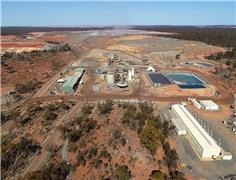
Australia’s Westgold Resources said on Monday it had agreed to acquire Toronto-listed Karora Resources in a ...
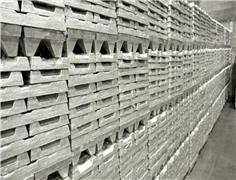
Canadian miner Teck Resources has agreed to pay Korea Zinc $165 per metric ton, a three-year low, to turn its zinc ...
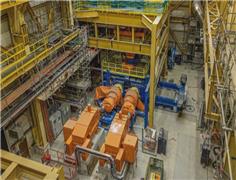
The Côté gold mine has poured its first doré bar as the project advances toward commercial production. The mine, located ...
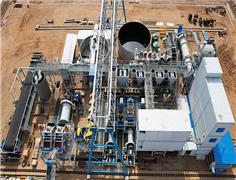
NextSource Materials has submitted an application to build a downstream battery anode facility (BAF) to process graphite ...

Canada has introduced tougher national security reviews of proposed foreign investments in sensitive sectors to enable ...
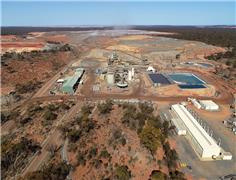
Australian gold miner Ramelius Resources Ltd said on Thursday it had ended discussions with Karora Resources for a ...
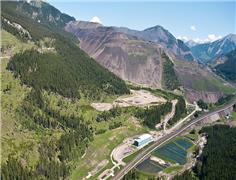
The United States and Canada announced Monday they have agreed to cooperate to reduce and mitigate the impacts of water ...
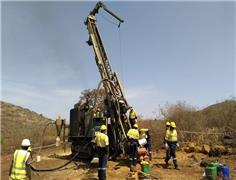
Australia’s Perseus Mining is not giving up on its plans to acquire African gold developer OreCorp, releasing on Friday ...

Québec-focused gold junior O3 Mining (TSXV: OIII) has been named winner of the 2024 PDAC Award for Sustainable ...
No comments have been posted yet ...